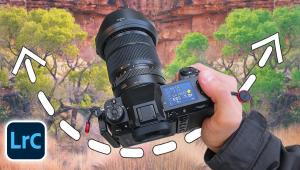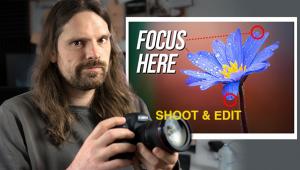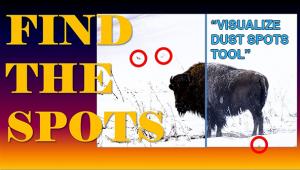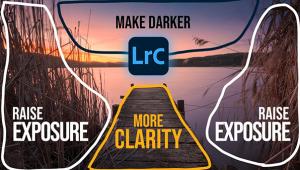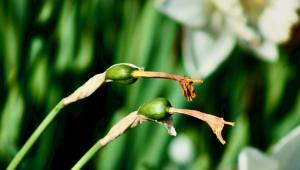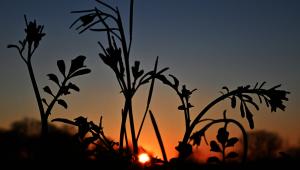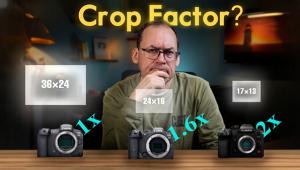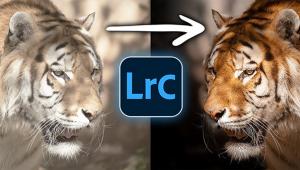How a Camera’s DYNAMIC RANGE Affects Your Photos (Video)

Dynamic Range is a very important concept to understand when evaluating the performance of your camera or purchasing a new one. This specification is also a key aspect when editing your photos, as you’ll see in the tutorial below.
In simple terms Dynamic Range describes the range of brightness or luminosity that a camera can capture in a single image, and some cameras have a broader range than others. Entry-level cameras usually fall short in this area, but you can remedy this problem by shooting multiple photos of the same scene with different exposure settings and merging them during the editing process.
German landscape pro Christian Mohrle describes everything you need to know about this topic in barely 15 minutes so you can shoot and edit the best images possible with whatever camera you use. As he says, “When a camera has a wide Dynamic Range it can capture all of the details in both bright and dark portions of a scene.”

Conversely, cameras with a narrower Dynamic Range don’t lack the necessary bandwidth—often resulting in images with overexposed highlights, crushed shadows, or both. With the explanation he provides you’ll be able to achieve more balanced, natural looking photos.
As you’ll see, limited Dynamic Range is one reason landscape scenes with a wide array of tones appear different through the viewfinder than they do on the computer. Mohrle explains this common anomaly by comparing a camera to your eyes, noting that, “the human eye can compute an insanely wide Dynamic Range.” Even the best cameras available can’t match this acuity of tones.
Once Mohrle gets you up to speed on the basics, he then demonstrates an editing technique for achieving maximum impact, and you can get the job done equally well with either Lightroom or Photoshop. There are a variety of simple methods for accomplishing this task, including adjustments to contrast, highlights, and shadows.

By following Mohrle’s tips you end up with images that are more in line with what you saw with your eye. And you can find more helpful lessons like this by paying a visit to his YouTube channel.
Last week we posted another important explainer, discussing why low ISO settings can ruin your photos. So be sure to check out that one too.
- Log in or register to post comments

